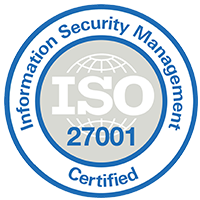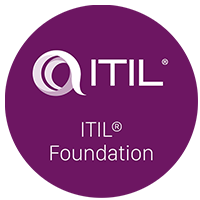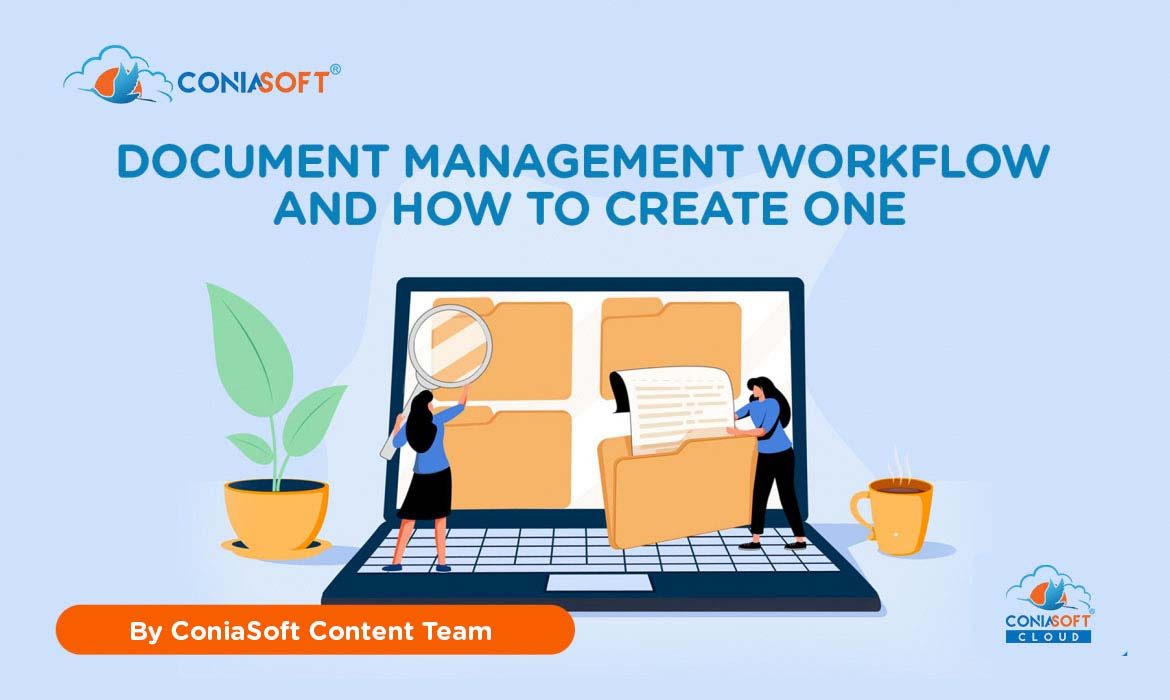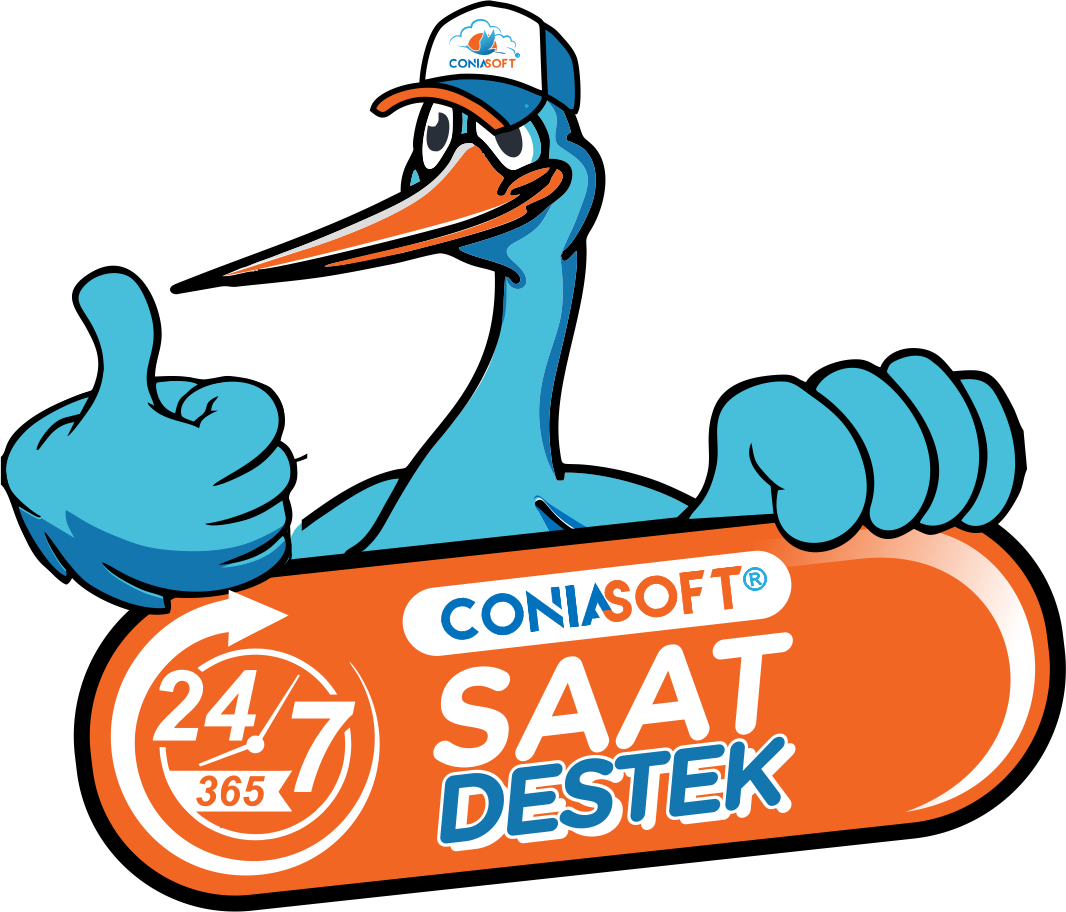Effective document management is essential for companies of all sizes in today’s fast-paced digital environment. Document management systems (DMS) and document management software (DMS software) are displacing conventional paper-based solutions. These ground-breaking tools provide many advantages, from heightened security and compliance to better organisation and cooperation. We will go into document management systems and software in this blog article, discussing their benefits and crucial factors to consider when choosing the best option for your business.
Our regular work lives often involve a significant amount of documents. Regardless of the sector you work in—healthcare, technology, the auto industry, finance, or any other—they all produce and use papers daily. It would be tough for a professional to spend the entire day without dealing with (directly or indirectly) a paper. Project proposals, financial reports, software documentation, HR policies, marketing materials, and training manuals are just a few examples.
A document management system (DMS) is software created to assemble, store, and retrieve digital files and documents. A document management system is much more than just a tool for digital document storage in the cloud. It functions as a framework that promotes collaboration by streamlining workflows and allowing vital information to move freely throughout the company. Controlling your document process increases office productivity, which benefits the business’s bottom line in the long run. It offers many features and functionalities to simplify document-related procedures, enabling straightforward access, version control, and effective teamwork. Organisations can use a DMS to eliminate problems with paper-based systems, including duplicates, missing or misplaced documents, and time-consuming manual processes.
Workflow types
Document workflow management ensures that all tasks are carried out successfully and efficiently. By streamlining the process of creating, reviewing, accepting, and storing documents, you can shorten the time needed to execute these jobs and gain time. But there’s more! Document workflow management can ensure efficient and effective administration of papers inside a company. Let’s distinguish between the various workflow management types while we’re at it. Workflows for documents can be either sequential or parallel.
- Sequential workflow – In a sequential workflow, tasks are finished one after the other as papers are evaluated and approved one step at a time. This workflow form can be used when only one approver is required for each phase, and the review procedure is simple.
- Parallel workflow – Multiple approvers concurrently participate in the document evaluation process in a similar workflow. All project participants can provide feedback using this type of approach without having to wait for approval.
The intricacy of the review process and the timeframe for finishing the review should be considered when choosing the optimum type of document workflow for a specific case.
A document workflow management system should contain the following essential attributes:
- Automation of the process. Repetitive manual chores can be automated to save time and guarantee that deadlines are met, such as reminding people to do things and giving them messages.
- Security. Systems for managing the workflow of documents should offer protection for private papers.
- Integrations. Many document workflow management solutions can interact with other technologies, including customer relationship management (CRM) and enterprise resource planning (ERP) systems.
When selecting a document workflow management system, it’s crucial to consider your company’s unique demands and requirements. The following advice will help you decide which characteristics are most vital:
- Determine your company’s processes – Start by comprehending the actions, participants, and difficulties associated with the document review and approval procedures that your firm now employs. You can use this information to decide which features to include in your document workflow management system.
- Identify your team’s requirements- Consider your team members’ wants and needs and their positions, duties, and preferences. As an illustration, while certain team members might need access to real-time communication capabilities, some could need functionality for reporting and analytics.
- Analyse the need for security – Consider your company’s security needs. Features like audit trails and security access restrictions can ensure your papers are safe and secure.
- Assessment of integrations – Analyse the integrations provided by various systems and decide if your document workflow management system needs to be integrated with other tools and platforms.
You can choose the ideal document workflow management system for your company by taking the time to understand your business processes.
Document management systems’ advantages
Putting in place a document management system has several significant benefits. Automating document operations, facilitating speedy retrieval, and cutting down on time spent on manual procedures first improves organisational efficiency. Second, regardless of geographical limitations, DMS software facilitates smooth document sharing, version tracking, and real-time editing, enhancing cooperation. Thirdly, by offering strong access controls, encryption, and audit trails, document management systems improve security by ensuring that critical information is kept safe from unwanted access or data breaches. Furthermore, having a DMS in place makes it easier to comply with compliance demands like legal regulations or industry-specific standards.
The top software for document workflow management systems:
You have come to the right site if you are seeking the most comprehensive list of complete document workflow programs. Here are the top 7 workflow tools that we tested out of all the ones we tried:
Street Process is a cloud-based workflow automation software that provides a simple-to-use solution for automating repetitive operations, enhancing team collaboration, and lowering the possibility of human error.
Features:
- Automate time-consuming procedures and jobs, including onboarding new workers, generating bills, and approving contracts.
- Collaboration and task management: Monitor results and exchange messages within the platform
- A variety of integrations and customisation features, including those for Google Drive, Slack, and Zapier
Cases of Use:
- Automate HR procedures like hiring and performance evaluations.
- Project management and operational procedures should be simplified.
- Automate legal and compliance procedures, including regulatory reporting and contract administration.
Pros:
- built with a user-friendly interface for non-technical users
- provides an easy-to-use interface
- Effective and precise
- Collaboration and transparency to monitor progress and enhance team communication
- cheaper than alternative workflow management systems
Cons:
- Some features need instruction.
Microsoft SharePoint is a cloud-based content management and collaboration platform with several tools for storing and organising documents, web content, and business processes.
Features:
- Documents can be kept, managed, and organised in one place.
- Tools for document management, task assignment, and approval processes in businesses
- enable teams to connect, share information, and collaborate on project
- integrations with other Microsoft products, including Microsoft Office, Teams, and OneDrive, and various customisation possibilities.
Use cases:
- Manage and arrange documents, multimedia files, and material
Pros:
- Integrating Microsoft products can increase productivity and teamwork.
- You can customise SharePoint to meet your needs using various customisation choices.
Cons:
- Utilising SharePoint can take time and effort.
- Training may be necessary to use the platform’s features to their full potential.
- It might be expensive to use SharePoint, especially for large enterprises.
Using Google Drive – Google Drive is a cloud-based platform for file storage that offers both private users and businesses a range of capabilities for document and file storage, sharing, and collaboration.
Features:
- Space for papers, pictures, movies, and other things to be stored
- Share files with others and work on documents and presentations in real-time.
- incorporates functionality from other Google products like Google Sheets, Gmail, and Google Docs
- any device with an internet connection can access it
Cases of Use:
- Ideal for all sizes of businesses and the majority of industries
Pros:
- user-friendly interface
- There is adequate free storage.
Cons:
- Basic file management functionalities are included. However, process automation needs to be included.
- Possibly less secure than other business-level file management options
- Free for individuals but can be pricey for businesses, especially when storing significant volumes of data
Dropbox is a platform for sharing, collaborating, and storing information in the cloud that provides tools for doing so.
Features:
- Space for papers, pictures, movies, and other things to be stored
- Exchange files with others and work together immediately
- View older file versions and restore them
- It can be reached using any device with an internet connection.
Cases of Use:
- Ideal for people, small enterprises, and startups who don’t need a lot of storage
Pros:
- For those seeking a quick and easy solution to exchange and save their files
- cooperate between departments
- used by businesses to store and manage business files
Cons:
- Storage space is limited, but extra storage can be bought
- Individuals can use the free version, but corporations may find it pricey, especially for significant data storage volumes.
The Box is another cloud-based document management software offering companies multiple storage, sharing, and collaborating capabilities.
Features:
- A little amount of room for files, including documents, videos, and other media
- Exchange files with others and work together immediately
- View older file versions and restore them
- Any device with an internet connection can access it
- Several opportunities for customisation, such as the ability to add custom metadata to files, create custom access rules, and create custom integrations with other applications and platforms
Cases of Use:
- Larger companies and firms seeking a ton of storage will find Box suitable.
- Perfect for storing and managing huge files
- A variety of solutions for managing content at the business level
Cons:
- It might be challenging to set up and utilise for people unfamiliar with cloud-based file storage and content management services.
- There is a store where you can buy more space.
Microsoft provides OneDrive, a cloud-based service for sharing and storing files.
Features:
- A safe location where users may access data from any location and on any device.
- Send links to files or give others access to specific directories to share files with them.
- Integration with Microsoft Office makes access, editing, and file sharing possible
.
- Robust security features, such as multi-factor authentication and encryption
Cases of Use:
- Ideal for all sizes of enterprises
Pros:
- Simple to use Store company files, share them, and work together on projects
- A backup program that adds another level of security for essential files
Cons:
- The free plan offers limited storage. Thus, customers may have to switch to a paid plan.
- OneDrive may not work effectively with other products and services because its primary integration is with Microsoft Office.
Asana is a cloud-based project and task management platform that aids teams in planning, monitoring, and controlling their work.
Features:
- job creation and management, deadline set, and team member job assignment
- Teams can create projects, establish project objectives, and monitor progress.
- Share files, leave comments, and engage in dialogue with others while working on tasks and projects.
- Adjust workspaces to your requirements and working preferences
- Google Drive, Slack, and other programs and services are all integrated with Asana.
Cases of Use:
- Organise and monitor project development.
- Asana can be used for task and project collaboration as well as communication.
- Task management and prioritisation, deadline setting, and progress tracking
Pros:
- Laid out, user-friendly interface that makes it easy for teams to manage their business
- It makes it simple for teams to use the tools they already use by integrating with other products and services.
Cons:
- You should subscribe to a paid plan to access some services because the free program has a limited feature set.
- Teams can need some time to fully grasp and make use of Asana’s features and capabilities.
In conclusion, Document workflow management increases efficiency, saves money, and improves decision-making. Implementing this system will perfect employee collaboration capabilities because it strongly emphasises teamwork. One thing to remember is that choosing the right tool is essential to reap all those benefits. This blog has shown you all the best software currently available for purchase. So go ahead and choose the one that fits your needs the best.


















